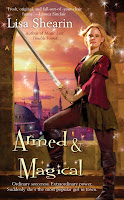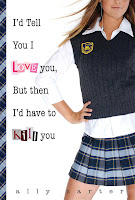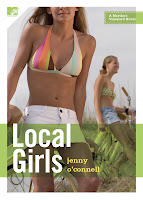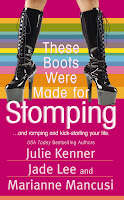STATUS: Today I analyzed specifically how I spend my time (mainly because I believe I’m not quite getting enough done during the day). I realized that this morning alone, I spent over 2 hours simply answering emails, handling questions, issues, etc. It might have been closer to three. I wonder if I should start in on my first task in the early morning and then wait until noon to start in on the emails. It will still take me 2 hours but maybe I’ll feel like I accomplished more if I reverse the order.
What’s playing on the iPod right now? BELIEVE by Cher
Today I promised to tackle character elements but I’m actually going to grapple with that tomorrow. I also have a task for you readers. In the next day or so, I want you to read some of your favorite back-cover copy from already published books in a variety of genres. Recently published preferred. I think it would be fun to analyze them together. So, if the copy is available online (such as at Amazon or B&N.com), provide the link and I’ll go give them a look and choose some examples for possible discussion on the blog.
Here’s why I’ve pre-empted today’s entry. You readers need to get ready. Why? Because Brenda Novak is just about to open her yearly auction for Diabetes research. There are some amazing items to bid on—including a “respond in 24 hours” read and critique of sample pages by yours truly.
Ack. It’s probably going to kill me to meet that deadline but I am determined because it’s all about raising lots of dollars for this charity event.
Bids begin May 1, 2008 (only a day and a half away) so bookmark the page and mark you calendars.
Just to give you a sampling of some of the great items that are available.
A weekend getaway with Susan Wiggs
An Amazon Kindle (squeak!) plus $100.00 gift certificate
If you are interested in agent evaluation stuff, here are just a few agents who have contributed read & critiques that you could bid on.
Lois Winston
Donald Maass
Robin Rue
Meredith Bernstein
Susannah Taylor
Elaine Spencer
Annelise Robey
Elaine English
Ethan Ellenberg
Steven Axelrod
Eileen Cope
Paige Wheeler
Rachel Vater
And the list goes on…
There is even a breakfast with Deidre Knight. I haven’t even mentioned the editor evaluations that are available.
I, myself, might go after the “Day of Bridge with a World Class Player.” I’m a bridge fanatic but alas, not a master level player. Not even close actually. I might be too scared to actually play with this person in a tournament but I wouldn’t mind spending a couple hours in a tutorial!
So get ready…

.jpg)
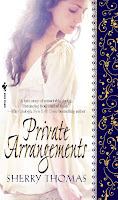
.jpg)
